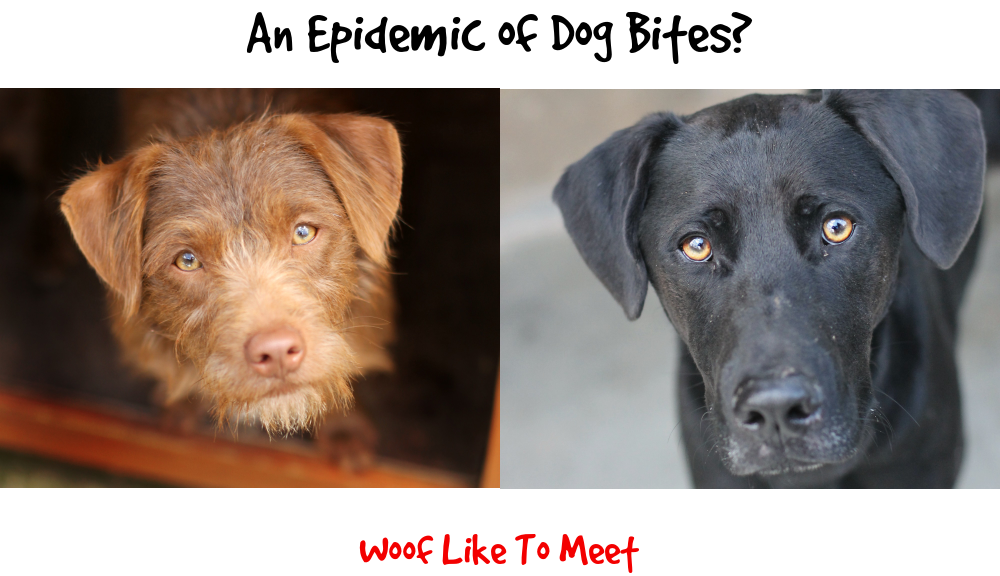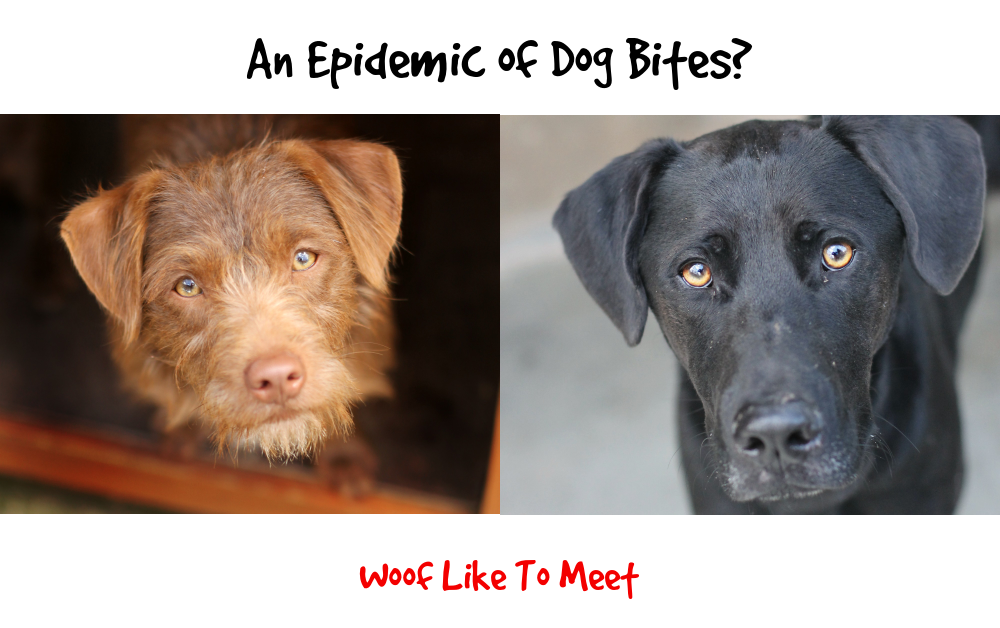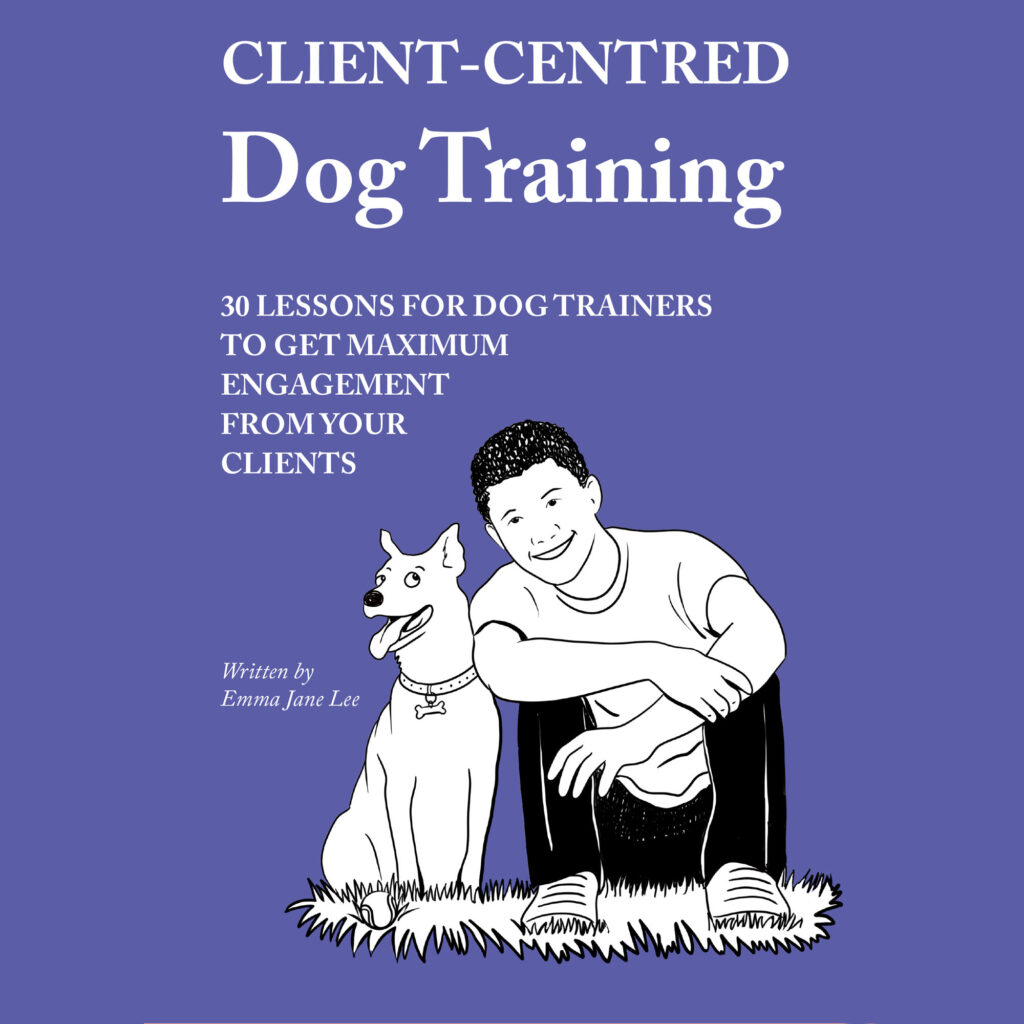At the moment, the UK media seem to be filled with accounts of bites and deaths as a result of dog bites. In fact, several French news agencies have picked up on hospital numbers in the UK, coupled with several tragic deaths of children and are reporting it higher than ever.
But are we really suffering an epidemic of dog bites as the media would suggest?
And where does breed-specific legislation fit into all this?
Breed and bite
In the past month, yet another study about breed-specific behaviour was published. Morrill et al. (2022) found that there was limited evidence of a link between behaviour and breed.
This report comes on the back of 90 years of research that shows that behaviour is much more complicated than simply ‘breed’.
Yes, there are genetic components to some simpler behaviours, and yes, there are genetic components to some traits and aspects of personality, but behaviour is so much more complex than that.
When we talk about genetics, the most important genetic factor is species. Our dogs have canine behaviours. Then it’s about parents. Our dogs inherit much that their parents give them. But not everything.
It’s also about pre-natal stress. It’s about maternal nurturing. It’s about early socialisation. It’s about how the dog lives. It’s about learning history. It’s about relationships and it’s about how the dogs are kept.
What we know from all of this is that behaviour is complex.
The demonisation of specific breeds also complicates things. In France, for example, the dogo argentino is not a breed subject to legislation. Unlike the rottweiler, the Tosa, the Boerboel and the American Staffordshire, the dogo argentino is free to live a life without restriction on who can own them, who can walk them, how they should be walked and where they should live. I have met and known a great number of dogo argentinos – all great dogs despite some of the hideous things that have happened to them.
Yet in Great Britain and Northern Ireland, the dogo is a banned breed.
More interestingly still, in Ireland, the dogo is not a banned breed, or one subject to legislation. Thus, in one place, you can own and walk your dogo argentino only metres away from a place where they are legislated against.
I’m not sure what happens when you cross the border…
In fact, if you look at legislation across Europe, you’ll find pockets where governments decided the dogo argentino was a dangerous breed, and other governments who decided the dogo argentino was no more dangerous than any other breed, all of them cheek by jowl.
Unlike the dogo, some dogs are legislated against with more consistency. The Japanese Tosa is one of those breeds. The Tosa has yet to become popular in the same way as the dogo argentino is, and certainly has a long way to go before they compare in numbers with other breeds subject t legislation. Despite widespread evidence of their behaviour, the non-pedigree pit bull and the pedigree American Staffordshire Terrier are widely legislated against, if not banned.
All this when there is no evidence in Europe or the UK that pit bulls or dogo argentino or rottweilers are more or less dangerous than any other dog…
In fact, the idea of danger also complicates things. Often, there are few bite statistics that relate to breed. Where there are, they have relied on the victim identifying the breed. Just to give you an example, one case I worked recently, one local paper reported that the dog was a malinois. The other reported that the dog was a pit bull. The dog was actually neither. One paper’s source was the victim who had misidentified the husky as a malinois, and the other paper’s source was a police statement from a witness who identified the husky as a pit bull. I kid you not.
There’s also the fact that, unless the bite results in hospitalisation, little data is collected on breed anyway. This is complicated by the fact that certain population groups are more likely to seek hospitalisation because bites are often more severe for them. The same dog biting at the same strength will do more damage to a child than to an adult, for example. It’s also complicated by the fact that smaller dogs don’t tend to hospitalise people. I always joke that the dog I know with the most prolific bite history is a Shih Tzu, followed by a miniature pinscher. Neither sent anyone to the hospital despite biting people three or four times a day for many years.
Sadly, this does mean that large dogs biting small or fragile humans tends to make the news whereas small dogs biting able-bodies adults tend not to make the news. This skews our perception of dog bites and breed, as well as dangerosity. It doesn’t help when vets put out viral posts that say they won’t treat large dogs any more because large dogs won’t submit to coercion! Large dogs are held to much higher standards and even a single non-injurious bite in a ten year period can be a death sentence, where smaller dogs are often held to much less exacting standards even if they injure someone.
Much data about breed is also based on the most severe cases, where individuals die. This gives us good data about fatal dog bites, but very little data about the ordinary experience of being bitten by a dog that doesn’t end up with such a tragic end.
Whatever we think we know, we really don’t.
And what we do know says that everything about breed specific legislation is wrong.
The failure of breed-specific legislation
Its first failure is that there is no real link between breed and aggressivity. It is therefore based on fundamentally flawed information.
The second failure of breed-specific legislation is that it has not protected the public. The opposite in fact.
Although the numbers of people owning dogs has stayed relatively static, dog bite statistics seem to have increased. This may not, in actual fact, indicate there are more dog bites. The better societies get at capturing data, the more it seems to increase from days when data wasn’t kept. Some bites are reported twice, for instance if the person is transferred from one site to another. So even the numbers of bites is not accurate.
Certainly, though, on a superficial level, dog bites have increased.
Third, for the dogs who are involved in fatal attacks on humans, those breeds who have been legislated against rarely figure. Perhaps that is to do with better safety, since many breeds are supposed to be walked on leads and wearing a muzzle at all times, if they have a legal right to exist at all. But given the number of non-muzzled off-lead American Staffordshires and pit bulls I see, I can’t think that these measures are taken particularly seriously.
Fourth, legislation completely fails to address the social issues behind people’s choice of breeds. Ban pit bulls and find people buying cane corso. Ban cane corso and find people buying Neapolitan mastiffs. Ban Neapolitan mastiffs and find people buying Dogue de Bordeaux. Breed-specific legislation turns some dogs and their lookalikes into coveted breeds, adding to their commodification and value.
Ironically, as someone who has worked with dogs who have bitten for seven years now, I’ve never worked with a breed that has been legislated against.
What dogs have bitten that I’ve worked with? Cocker spaniels, beagles, golden retrievers, labradors, malinois, German shepherds, bichons, Shih Tzus, Jack Russells, miniature pinschers, doberman pinschers, Airedales, huskies, malamutes, collies, cattle dogs, Australian shepherds, dachshunds, Chows, Yorkshire terriers, Japanese Chins, French spaniels, German Wirehaired pointers, German shorthaired pointers, lhasa Apsos…
Breed-specific legislation fails our dogs. It both popularises and demonises certain breeds and their lookalikes. It fails to protect the public from dogs who might injure them. It leads the public to think that certain dogs are ‘safe’ but others are dangerous. In fact, given the recent comments on a post involving dog bites, where the media failed to report the breed, there was a frenzy of enquiry and speculation about whether it was a pit bull or not. It wasn’t.
So what would work?
Firstly we desperately need better data. That has to include accurate information about the dog and the victim. It needs to also have a way to include bites that did not result in hospitalisation. If there are lines of dogs within breeds or even families of mixed breed dogs who are struggling to cope, then that matters hugely.
Second, we need to understand risk better. Jim Crosby identified crucial risk factors in fatal bites in the USA which should inform further research, but has not.
We know that dogs who live external to the family come with a high risk. We know that it is rarely family members who get bitten, and nor is it strangers: it is often children who are visitors to the property. We also know that many of the dogs who killed fatally were tethered or on their own territory.
This involves education at two levels, and perhaps even legislation. Firstly, it’s going to necessitate the end of dogs living chained outdoors. That in itself is complex because it involves cultural and societal behaviours from groups that are often marginalised anyway. For instance, disenfranchised and marginalised young men often have dogs like this removed from them and their behaviours are frowned upon if not legislated against. Compare that to, say, footballers, who buy £40,000 trained protection dogs to guard their mansions. The difference between those groups? Income and the cost of the dog for a start, and a whole load of social issues for another. The difference between a rottweiler guarding a travellers’ site and a rottweiler guarding the home of the rich is nothing other than money and social norms. It will also mean changing policing procedures. That will mean accepting that the rural and urban poor deserve both protection and policing, rather than being left to their own devices.
What we do need people to understand is that once a guard dog has missed the vital socialisation that facilitated their skills, then the likelihood of those dogs going on to accept another family or someone entering their territory is low.
We also need people to understand another fatal aspect: the education of young children. From my own experience, I know how hard it is to keep young, confident, dog-loving children away from dogs even if you’ve done everything you can to keep them separate. It reminds me of a situation in a neighbouring area where a toddler was killed. The dog had been locked away for the evening and had spent 4 hours ‘safe’. As the evening wore on, the adult guests had more and more to drink, and the children got more and more bored. It only took two minutes of passive supervision late in the night for the children to find the key and let the dog out. It took little longer for the night to end in tragedy.
Thus, the education of guardians and the education of children is vital. When we’re raising properly socialised dogs who have learned bite inhibition because they’ve had hundreds of opportunities to engage with other dogs and with humans of all colours, shapes, ages and sizes, then we’re less likely to have the kind of fatalities that cross the desk of investigators like Jim Crosby.
For me, I think we’re much less likely to have even the hard bites that hospitalise. It’s not just about socialisation. It’s also about helping dogs learn to control their actions and behaviour as well as learn how to manage frustration. Perhaps the worst bites I’ve ever seen have not been as a result of anything you or I might class as aggression, and that is also very tough to understand. Dogs raised in family homes during their formative weeks and months, rather than shunted out to a yard do not, in my experience, bite as hard. That involves educating breeders and completely outlawing puppy farms. If municipal authorities were then to offer low-cost or even free high-quality, regulated puppy classes in vulnerable geographical and economic pockets of their communities, we’d be more likely to raise dogs who can cope better with whatever life throws at them.
Instead of all the money spent on legal trials for dogs who have literally never put a paw wrong, those funds could go into the community. Instead of spending thousands on kennelling innocent dogs for months or even years, those funds could support education programmes at a grassroots level.
There has to be a cultural push though to end puppy farming and to end legislation that is ineffective. We can also push for landlords to have to provide for dogs so that fewer dogs need to change hands – it’s often in that change of hands that fatal bites occur. If people didn’t have to get rid of their dogs because they can’t find rented accommodation that accepts animals, then we’d also have fewer issues. I saw a charity in my home town appealing for landlords who accept cats this morning. The more legislation exists to protect landlords and not renters, the worse the problem will become. People will still own dogs but then be able to keep them instead of rehoming them if they need to move. Transient lifestyles do not lend themselves to secure homes for dogs.
That would mean, though, that governmental, federal or municipal authorities have to open their eyes and see the problem holistically, rather than taking a knee-jerk reaction that actually makes the situation worse.
We also have to understand that there are many things in life more dangerous than dogs. That list includes DIY, swimming pools and cars. If the media were to take a more responsible approach to reporting and stopped reporting on ‘epidemics of dog bites’, it might go some way to stopping the pearl-clutching panic and demonising particular breeds.
I can dream!
If you are a dog trainer looking to up your skills with all flavours of humanity, feel free to check out my book. If you’ve read it already, feel free to pop over and leave a review so that other trainers know if it’s likely to float their boat. I’m delighted that it’s been so well received!



